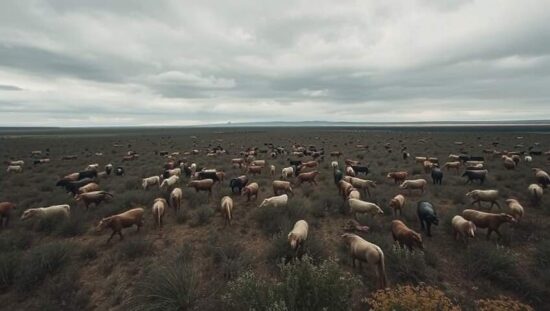The Friedrich Loeffler Institute (FLI), Germany’s leading center for animal diseases, is projecting a potentially devastating escalation in the culling of poultry, warning that the scale of preventative measures could soon reach hundreds of thousands of animals. This projection, delivered by FLI Vice President and virologist Martin Beer, underscores the severity of the ongoing avian influenza outbreak and raises critical questions about the efficacy and ethical implications of current containment strategies.
In the past three weeks alone, approximately 20 poultry farms across Germany have been impacted, a concerningly high rate of infection within a short timeframe. Beer emphasized the urgent need to prevent secondary outbreaks – the potentially rapid transmission of the virus between farms – highlighting the potential for an exponential surge in infection rates should this occur.
The unfolding crisis extends beyond German borders. The H5N1 strain is now widespread throughout Europe, spanning from Denmark and the Baltic states to Italy and Spain. This pan-European spread complicates containment efforts and necessitates international collaboration to mitigate the overall impact on poultry populations.
The FLI is urging the public to avoid contact with deceased wild birds, particularly the large cranes frequently impacted by the virus. While the strain poses a minimal direct threat to human health, the risk of unwitting transmission remains a significant concern. The institute strongly advises against handling or relocating these carcasses and encourages citizens to report findings to veterinary authorities via telephone, avoiding physical transport to prevent further spread.
While acknowledging the current strain on official resources, the FLI’s call for citizen restraint also hints at potential shortcomings in the current framework. The expansive projection of animal culling and the broad geographical spread of the virus suggest the existing preventative measures may be proving inadequate, raising questions about the long-term sustainability of the current approach and the potential economic and social ramifications of such extensive livestock losses. Further scrutiny of biosecurity protocols and a more proactive investigation into the origins and pathways of the virus’s dissemination are now paramount to preventing a more protracted and catastrophic phase of this outbreak.





